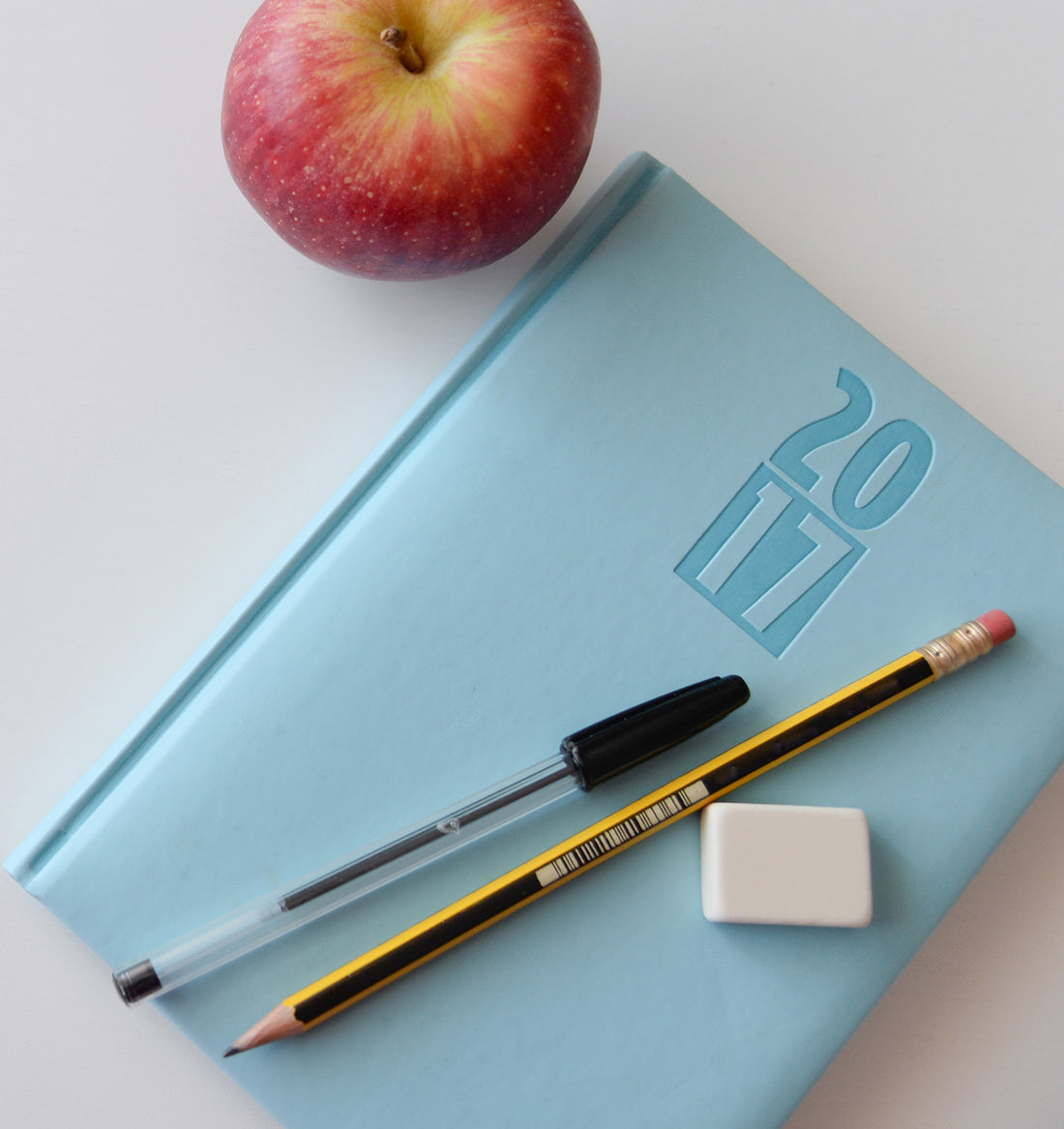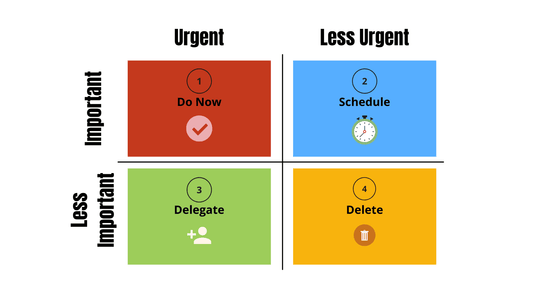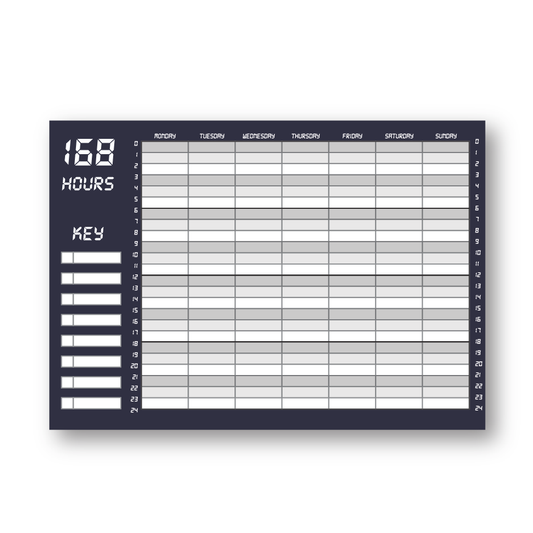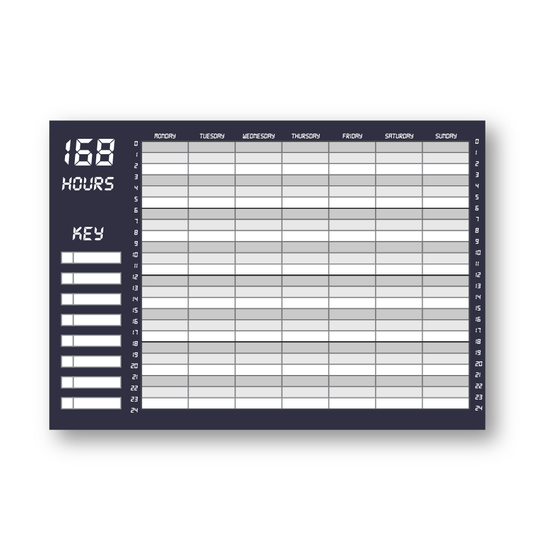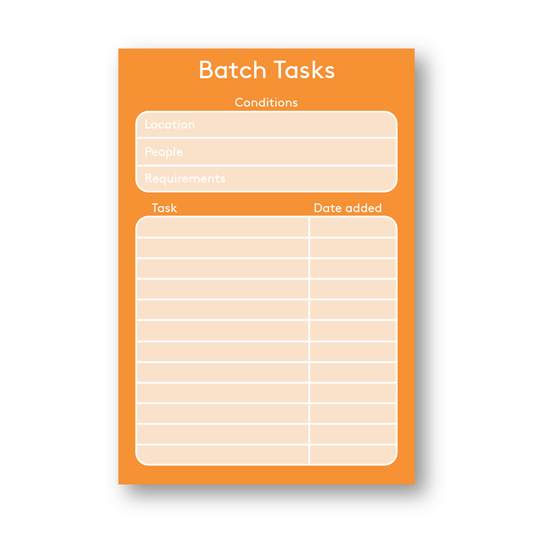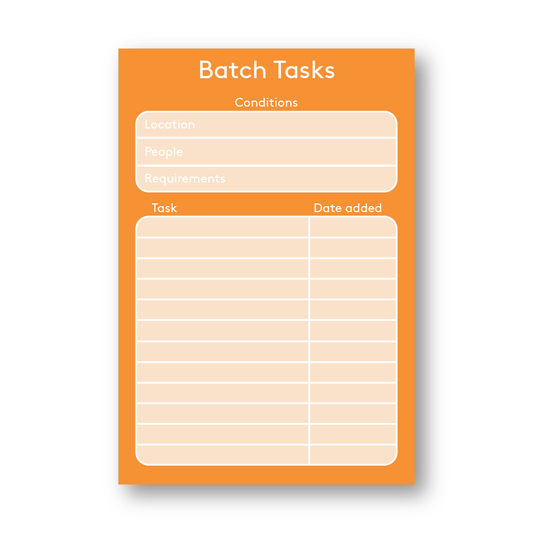Ideas can strike at any time. Capturing them on your phone can be a bit of a pain though. You're either in the middle of a packed train carriage wondering how many death stares you'll get it you record a voice memo, or desperately trying to tap words onto your screen before the words fall our of your head (or you drop your phone).
Obviously we're biased but we love writing ideas down. The problem we've run into over the years though (as evidenced by our slowly bloating bookshelf) is that we're really good at starting new notebooks with good intentions – but never seem to have the correct one to hand when it comes to getting ideas down. The personal notebook has meeting notes in, the business planning notebook has a shopping list, and who knows what's in the five year diary. We might not be able to solve our magpie like tendencies for buying new stationery (any excuse really), but by embracing the fact that your notebooks don't have to be organised as you write in them you'll feel less tempted to buy just one more as your 'ultimate business planning thoughts' book. Again.
Our solution was to stick to one notebook and carry it around everywhere. And we mean EVERYWHERE. It's in the easy-access pocket of our rucksack when we're travelling. It's in the hand-bag at a part, it's on the bedside table when you wake up at night. So far so simple. The idea of this notebook is that you can write anything down in it the moment it comes to you, and then organise it later.
Which brings us onto organisation…
I'm very particular about picking which book I'm going to use for my on-the-go journal, which I refer to as my Scatterbrain journal as everything goes in it, in any order, and this is a GOOD THING. Tidying up is for later. It does help however if you can find things later on in the book. The way I do this is by using the lines of the book to indicate tags. The first double-page spread in the book is my tag index. I write down important tags as they come to me on every other line. Examples might be 'people to contact' or 'article ideas'. This means that each individual page can only contain one idea (or a few related ideas) otherwise your tag system won't work. Since all the lines align in the book, you can use a sharpie or other thick chisel marker to mark your tag in the book. You don't have to carry thick marker pens around with you at all times – I usually dot the line when I'm on the go. It's important to go right to the edge of the page though as this means that when you flick through it's really easy to see your tags.
Finding the right book
Since I'm only putting one idea down on each page it makes sense for the book pages to be as small as possible and the book itself to have as many pages as possible. It also makes sense for the lines to be as small as possible as this means you can have more tags. You obviously don't have to use the lines to write – I often can't write on a straight line in a moving vehicle anyway. Trying to find a book like this is really hard however the best solution I've found is to pick up an A6 day-to-page diary. This has the added bonus of reminding you when you started the book. You can pick them up pretty cheaply as soon as they become out of date, so they can end up being cheaper than a regular notebook. The main downside I've found is that the lines usually don't go all the way to the edge of the page, so getting your tag marks in the correct place can be a challenge. I usually advise doing a tag every other line rather than squishing them up together, as it's easy to accidentally tag something the wrong way.
Got too many tags?
Flip the book over and do the same going the other way. This does mean that you need to know which side of the book to write in. If you alternate lines with tags so that you're not using the same line for each end then it should make your life easier.
I've tagged everything, now what?
Great, go through your pages one tag at a time and work out if there's any ideas in there that are worth taking further. If you're finished with a page (you've done the task or contacted the person) then feel free to rip it out. If that's a bit severe then you can also fold it over, although this will make your notebook fatter. We're a big fan of chopping the top corner off with scissors.
This sounds like a great idea
We'd really like to develop our own book which is designed for this (lines that go all the way to the end for one). If you think this is a good idea and you'd be interested then let us know, otherwise we'll stick to our trusty out-of-date diaries.
